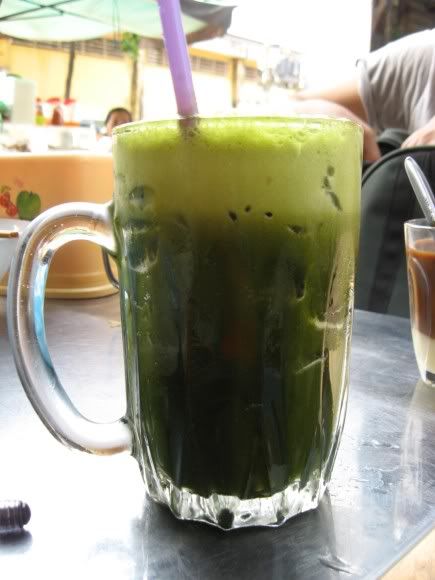I have recently begun delving into the literature and research done on pomegranates in order to hopefully gain enough knowledge and, with time, experience to successfully grow them commercially here in Bacchus Marsh.
For this post I will give a very brief overview of the international and local markets for pomegranate.
Approximately 2,000,000 tonnes of pomegranate are produced every year globally. India is the largest producer, producing about half of the worlds pomegranate. Iran is second, producing about 700,000 tonnes. Other countries which have established markets for pomegranate are, Italy, Morocco and Turkey.
Australia has about 200 hectares planted which produce roughly 4000 - 5000 tonnes, more than half of this being produced in New South Wales. This is a very small amount compared to other countries and is not enough to meet the demand here. To fill the gap Australia imports about $500,000 worth of fresh pomegranate from California every year.
 |
| Whole pomegranate alongside a cut section |
In Australia there is more demand for processed produced rather than fresh. This is because it is the flesh around the seed, also known as arils, which are the desirable part. This is less than 50% of the total fruit mass and removing seeds from the fruit is somewhat tedious. Processed produce may include juices, molasses, and packaged arils which have already been removed from the fruit.
 |
Packaged Arils |
Australia's climate is unique in that it allows us to have a counter-seasonal ability when it comes to supplying overseas markets with fresh produce, especially east and southeast Asia. This means that when their climate is not suitable for growing pomegranates, ours is. This period is around March-April each year. Other counter-seasonal export markets already exist such as Chinese cabbage. Because of this ability it is foreseeable in the near future that we will have an established export market for pomegranate.
References
Lye, C 2008,
Pomegranate Preliminary assessment of the potential for an Australian industry, publication No 08/153, Rural Industries Research and Development Corporation, viewed 26 May 2012,
<
https://rirdc.infoservices.com.au/items/08-153>
PMG Agriculture 2009,
Australia enters the pomegranate age, Perfection Fresh Australia, viewed 26 May 2012,
<
http://www.royalpom.com.au/index.php?option=com_content&view=article&id=41:australia-enters-the-pomegranate-age&catid=11:media&Itemid=15>









